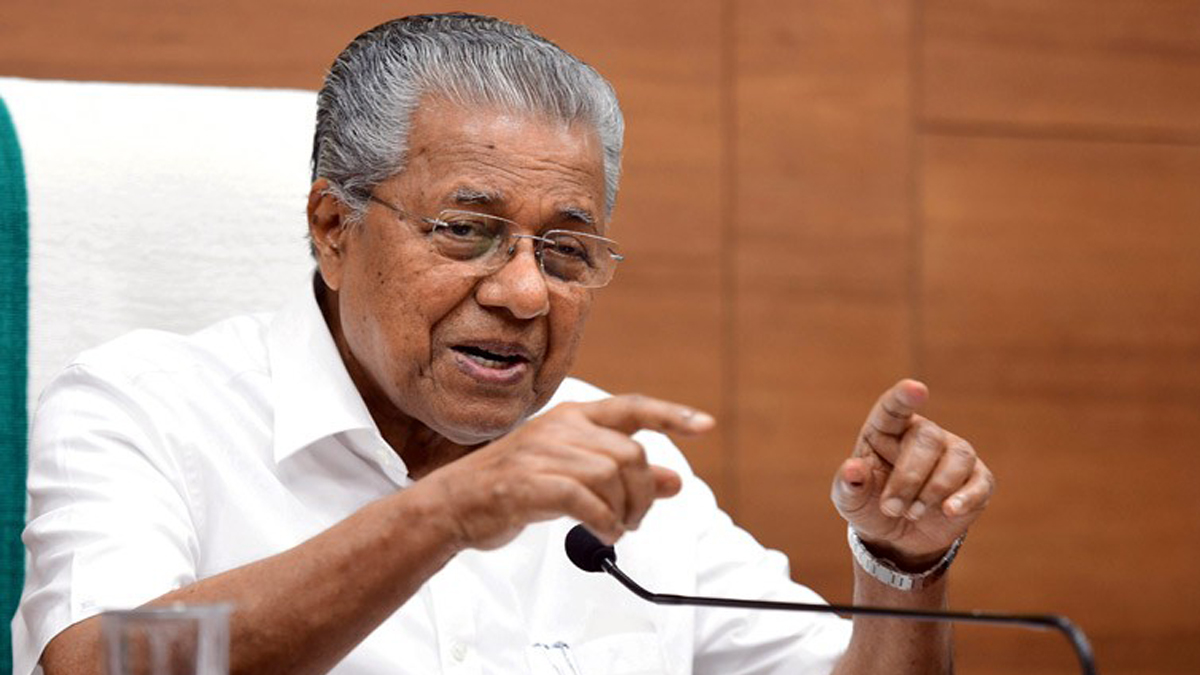Kerala claims it has wiped out 'extreme poverty'. What does that really mean?

The Kerala government is set to declare that the state has eradicated extreme multidimensional poverty, becoming the first in India to achieve this milestone. On November 1, on the occasion of Kerala Piravi Day (State Formation Day), Chief Minister Pinarayi Vijayan will make the announcement at a public event, which will be attended by ministers, senior officials, and prominent personalities. Notably, in April 2025, Vijayan’s own constituency, Dharmadam, was declared Kerala’s first “extreme poverty-free” constituency. Now, the state is extending that achievement to the entire population.
Traditionally, poverty has been measured mainly through income, focusing on how many people lived with very low income or consumption levels—for instance, the UN and World Bank define “extreme poverty” as living on less than $3 a day. However, experts point out that people with the same income can experience very different living conditions—in terms of education, access to clean water and electricity, or regular nutritious meals. Income alone, therefore, gives only a partial picture of poverty.
To address this, in 2007, Sabina Alkire and James Foster from the Oxford Poverty and Human Development Initiative developed a more flexible framework to measure poverty across multiple dimensions. The Global Multidimensional Poverty Index (MPI), based on the Alkire-Foster (AF) methodology, captures overlapping deprivations in health, education, and living standards.
India has recognised the significance of the global MPI under the Global Indices for Reforms and Growth (GIRG) initiative, led by NITI Aayog, to monitor and improve the country’s performance on key global indices. India’s national MPI mirrors the global framework, with three equally weighted dimensions—health, education, and standard of living—represented by 12 indicators.
Under the Health dimension, nutrition, child and adolescent mortality, and maternal health serve as indicators.
Under Education, years of Schooling and School Attendance are included.
Under Standard of Living, cooking fuel, sanitation, drinking water, housing, electricity, assets, and bank account, are considered.
Each indicator carries a specific weight. For example, nutrition accounts for half the weight of the health dimension, while the remaining weight is distributed across child and adolescent mortality and maternal health.
Under the Alkire–Foster methodology, a household (or person) is considered multidimensionally poor if their weighted deprivation score is 33.3 per cent or higher and in extreme multidimensional poverty if the score is 50 per cent or higher.
According to the National Family Health Survey-4 (2015–16), Kerala had 0.7 per cent of its population in the extreme poverty category, which declined to 0.55 per cent in NFHS-5 (2019–21).
Notably, in 2021, after Pinarayi Vijayan returned to power, the very first decision taken by his cabinet was to make Kerala free of extreme poverty. Subsequently, the state identified 64,006 extremely poor families through a comprehensive survey. For each family, a micro-plan was prepared to ensure the delivery of targeted support and services tailored to their needs.
The local self-government department led the initiative, integrating all available government schemes and services with additional, customised interventions. The list included many without names even on the voters’ list and lacking both ration cards and Aadhaar cards.
Among the 64,006 families, 4,421 families (mostly single-member households) have since passed away. Despite extensive verification and outreach, 261 families—mostly nomadic or migrant—could not be traced; most are believed to have migrated to other states. There were also 47 cases where different members of the same family appeared separately in lists under different local bodies. A single consolidated micro-plan has been prepared for these cases.
Excluding these 4,729 families, the remaining 59,277 families were officially listed as extremely poor. The government now claims that all of them have been lifted out of extreme poverty, in accordance with the multidimensional poverty indices.
India